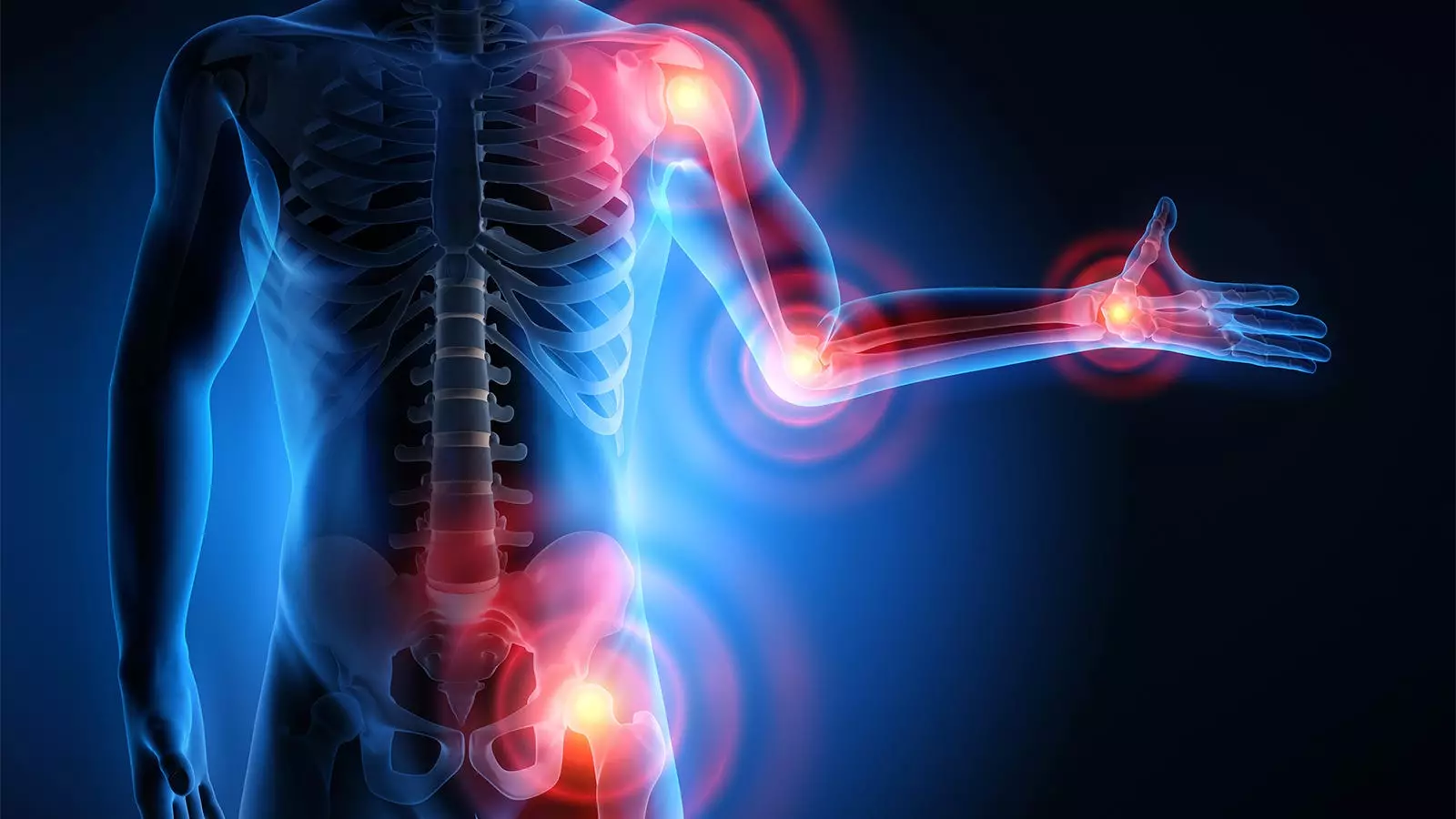Chronic pain has emerged as a significant public health issue in the United States, affecting nearly one in four adults according to recent data from the Centers for Disease Control and Prevention (CDC). A survey conducted in 2023 revealed that 24.3% of adults have experienced chronic pain lasting three months or longer. This dramatic statistic sheds light on a widespread problem that is often underappreciated in discussions around health care and well-being.
The survey findings, reported by public health experts Jacqueline Lucas and Inderbir Sohi, highlight a sobering reality: chronic pain is not just a symptom or inconvenience but a debilitating condition that impacts the lives of millions. Moreover, the data indicates that 8.5% of U.S. adults experience high-impact chronic pain, which severely restricts their daily activities and quality of life. This information raises questions about the healthcare system’s capacity to support those suffering from these chronic conditions.
Analyzing pain data through demographic lenses reveals notable disparities among various population groups. Females report higher incidence rates of chronic pain than males, with figures standing at 25.4% versus 23.2%, respectively. Furthermore, women also suffer from high-impact chronic pain at significantly higher rates—9.6% as compared to 7.3% for men. These statistics underscore a critical gender disparity that warrants further investigation into underlying factors, such as biological differences or social determinants of health that could influence these outcomes.
Age is another key factor in understanding the prevalence of chronic pain. The data illustrated a striking increase in pain rates as one ages. For example, only 12.3% of young adults under 30 report chronic pain, while the prevalence rate climbs to a staggering 36% among individuals aged 65 and older. This age-related escalation suggests that older adults may face unique challenges that contribute to their sustained discomfort, possibly related to the cumulative effects of chronic health issues, lifestyle changes, and accessibility to adequate medical care.
Chronic pain and its associated impact on daily life pose pressing concerns beyond mere statistics. As Lucas and Sohi point out, chronic pain and high-impact chronic pain are among the most common reasons adults seek medical care. Yet, this condition is often accompanied by other mental health issues, including anxiety and depression, contributing to a cycle of pain management challenges that remain unmet. Those suffering from chronic pain frequently find themselves caught in a healthcare void, struggling with the ramifications of their conditions while also grappling with potential opioid misuse—a common risk among individuals dealing with unmanaged pain.
The geographical distribution of chronic pain also reveals disparities, with 31.4% of adults in nonmetropolitan areas reporting chronic pain compared to 20.5% of those in large metropolitan regions. This finding highlights the need for a tailored approach to pain management and medical resources based on regional requirements. Individuals in remote areas often have fewer healthcare options, emphasizing the need for increased accessibility and innovation in treatment strategies.
As we look to the future, the implications of these findings are significant. The rising percentage of adults reporting chronic pain is perplexing, particularly considering that previous surveys had indicated stable rates over several years. This sudden uptick may correlate with an aging population and reflects broader systemic issues, including the stressors associated with the COVID-19 pandemic that have exacerbated mental health and pain conditions. The data collected through the National Health Interview Survey (NHIS) serves as a critical resource for understanding these trends.
Moving forward, it is imperative to conduct further research into the underlying causes of chronic pain and high-impact chronic pain. Emphasizing preventative strategies, enhanced treatment options, and equitable healthcare access is crucial in addressing the comprehensive needs of this affected population. Only through continued efforts in research, public health initiatives, and policy changes can the burden of chronic pain be alleviated effectively, ensuring that those suffering can reclaim their lives and quality of life.
The growing prevalence of chronic pain signals a rigorous challenge for healthcare providers and policymakers alike. Without urgent and thoughtful action to address these trends, the suffering of millions may go unaddressed, leading to severe consequences for individuals and society as a whole.

Leave a Reply